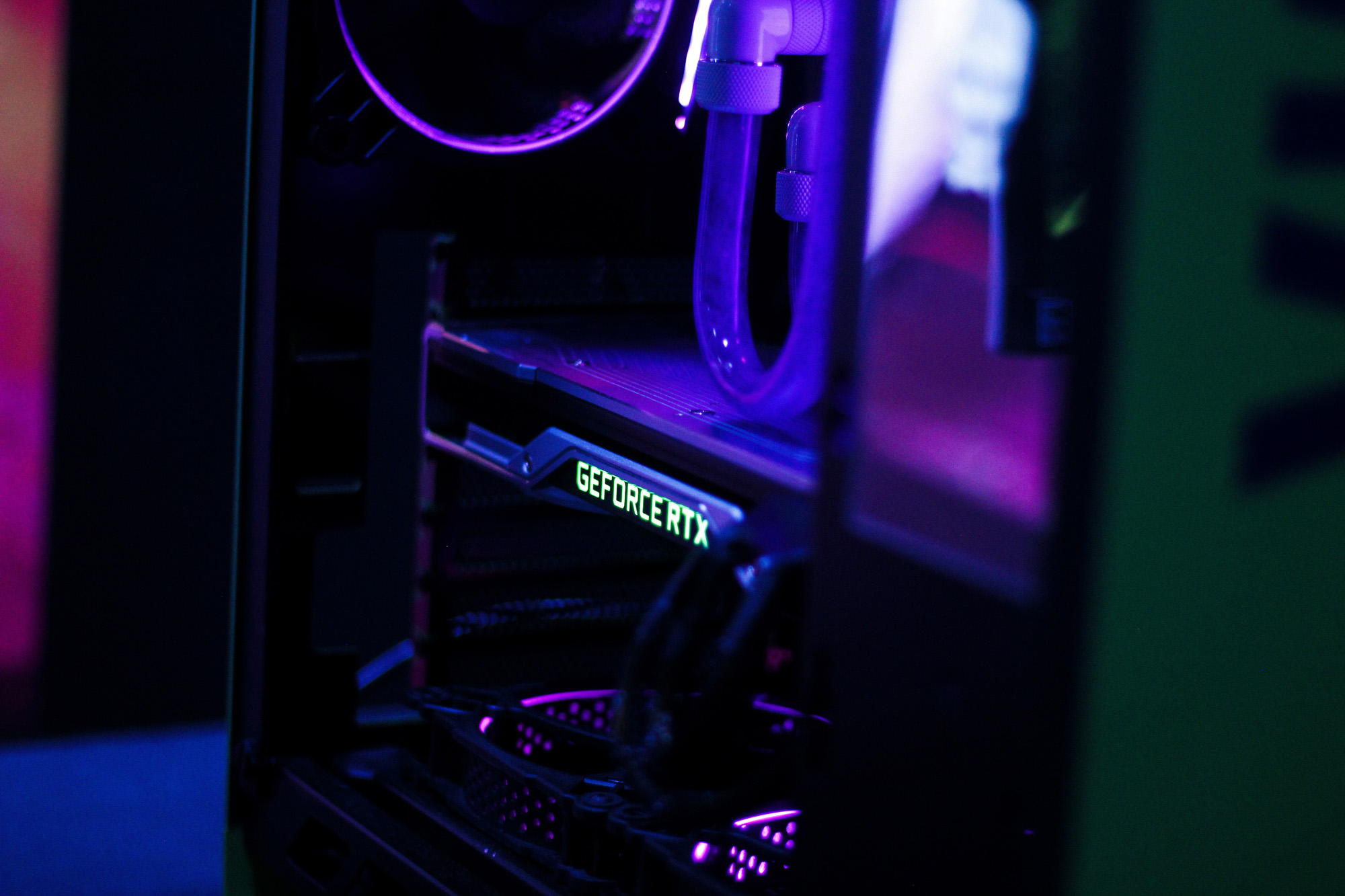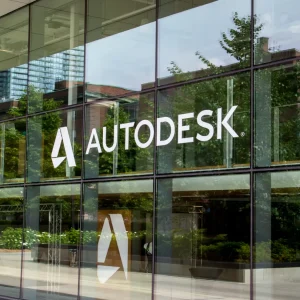
Nvidia has bounced back to beat Q2 expectations posting a decent result despite revenue being down year-over-year.
The Santa Clara GPU specialists posted revenues of $2,579 billion (£2.1 billion) down 17 percent year-on-year. The earnings were a lift from the previous quarter, however, which saw the company struggle amidst a slowing Chinese market and a collapsing cryptocurrency bubble that dragged down GPU sales.
Jensen Huang, founder and CEO of Nvidia commented in a release that: “We achieved sequential growth across our platforms.”
“Nvidia accelerated computing momentum continues to build as the industry races to enable the next frontier in artificial intelligence, conversational AI, as well as autonomous systems like self-driving vehicles and delivery robots.”
AI and Ray Tracing Drives Nvidia Q2 2019
Nvidia is starting to see some traction for its autonomous driving platform kit Nvidia Drive; which uses deep neural networks to analyse data from 360 cameras and data gathered from external sensors on vehicles.
Last June the Volvo Group signed an agreement with the company to create a fleet of autonomous commercial vehicles and machines. The Drive kit is also used by AutoX which will work with NEVS to bring electric “robotaxis” to Europe by 2020.
Nvidia noted in its earning that the first priority for its cash balance will be completing the purchase of Mellanox Technologies. Nvidia agreed to buy the Israeli networking hardware specialist Mellanox for $6.9 billion in an all-cash deal in March of this year. Once that deal is done and dusted it says it will ‘return to repurchasing its stock.’
Another driving force for earnings was ray tracing which is gearing up to be a core component in the next generation of graphics heavy video games. Ray tracing is the simulation of realistic lighting effects in a computer-constructed 3D environment.
Nvidia has been pushing the technology out with its Turing architecture which has dedicated ray tracing processors that can do the computational work to display accurately how light would be reflected off a glass table or what shadows a moving object creates.
Ray tracing has been used to make CGI in films for some time, but it is very computationally heavy and it is even more stressful on GPU’s if they are asked to do the work in real-time, as a video game would require.
As such it is only in the last few years that video game developers are starting to include the lighting feature into their games as the tech catches up. Upcoming video game titles which are expected to achieve high volumes of sales such as Call of Duty: Modern Warfare, Cyberpunk 2077 and Watch Dogs: Legion all have confirmed that the PC version will support the technology.
CEO Jensen Huang commented: “Real-time ray tracing is the most important graphics innovation in a decade. Adoption has reached a tipping point, with NVIDIA RTX leading the way.”






